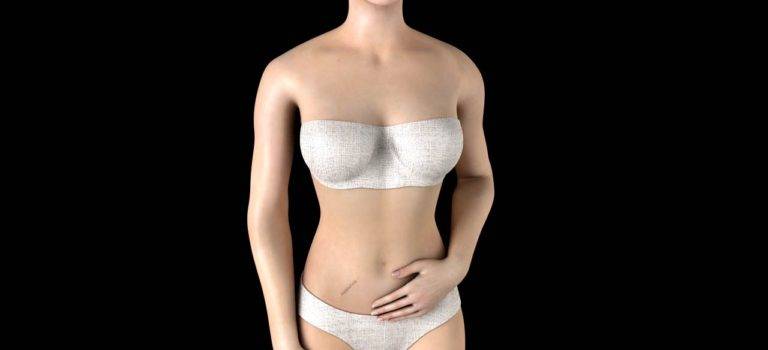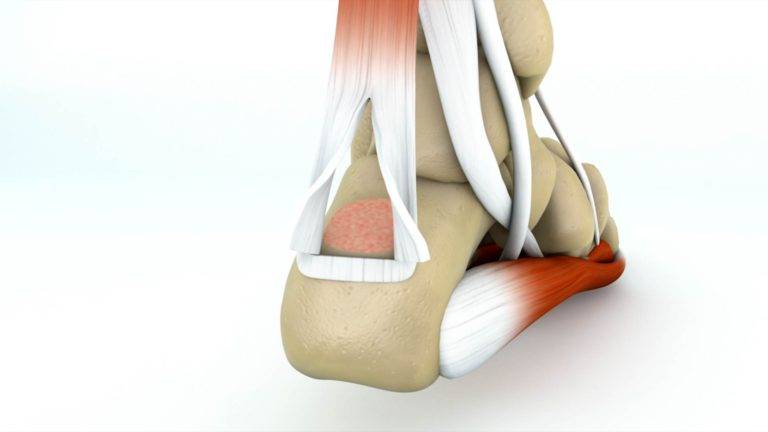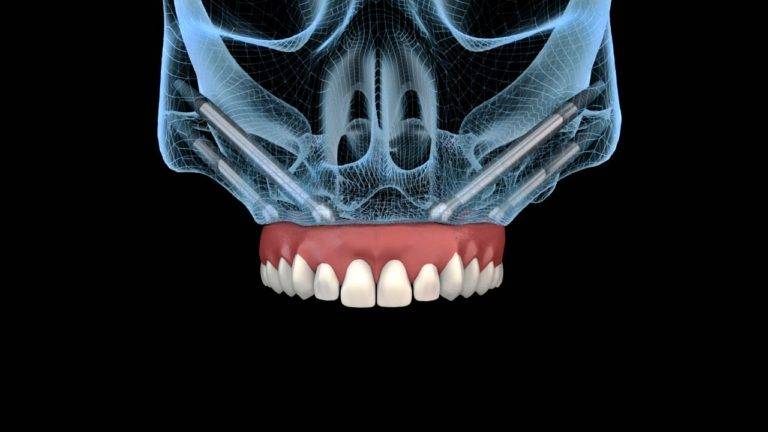Scientific animations are a great way to convey and create an idea’s impact on medical education. The medical and scientific education sector has seen a significant shift from printed analog formats to scientific animations.
Scientific animation in education is helping students to learn even complex subjects more effectively. These animations help in visualizing complex information and better understanding the subject. Scientific animations are also impacting medical education and scientific research significantly.
Medical education
Medical and scientific animations are also a greater part of medical education. These visualizations can help in making complicated concepts easier to understand. Even though a doctor might explain medical conditions to their patients in a friendly manner. However, medical animations can help them understand medical terms better and can be life-saving in emergencies.
Better understanding and memory retention aid
That’s why more and more medical professionals are considering using animations in their medical and educational courses.
- Moreover, medical animations aren’t only for health professionals and nurses. Also, these can help benefit students or patients, i.e., the general public. Various research studies have proven that animations helped patients with lower literacy better understand their health conditions.
- Animations in medical education help learners visualize procedure information more realistically. Additionally, these also help in memory retention.
Due to all these benefits, medical and scientific animation in education is becoming integral to medical courses. Healthcare professionals also utilize custom graphics and medical animation videos to reap all of their benefits effectively.

Scientific and medical research
Scientific and medical research can also benefit from scientific animation in education. These animations can help convey the accurate idea of research even at the early stages. Scientific and medical processes illustrations in animations make scientific animation superior in education. As a result, these ensure effective and efficient research fulfillment.
Most importantly, the output can captivate the viewer’s dreams with the combination of 3D animations and medical scientists.
Although scientific animation hasn’t replaced in-person communication entirely. However, it has brought multiple ways to improve the communication surrounding scientific and medical research significantly.
Bringing scientific and medical researches data to life with 3D animation
Clinical trials and scientific studies have been represented in academic representations in heavy text format. These usually have multi-clause sentences loaded with unfamiliar abbreviations and medical terms.
- Presentation of hefty textual data with confusing diagrams plots different curves. All these things make clinical trials and scientific research non-understandable for a lot. Similarly, it isn’t an effective strategy in medical and scientific education.
- Fortunately, 3D animations can offer you a more promising and memorable solution. Scientific animation in education engages both verbal and spatial memory. Moreover, the information presented in scientific animation is generally doubly learned, making it more likely to stick to the memory.
In short, educational medical and scientific animation is a powerful tool to elicit enthusiasm and excitement. It will also communicate the results of scientific and medical research better. Moreover, these scientific animations can also catch learners’ attention without digging through the hefty publications to learn trial designs.





























